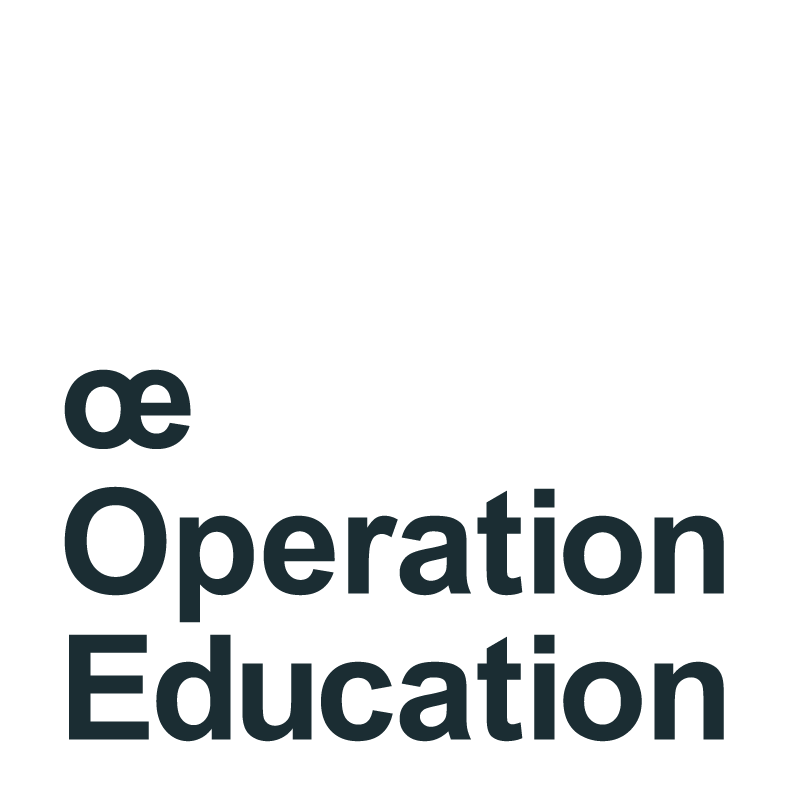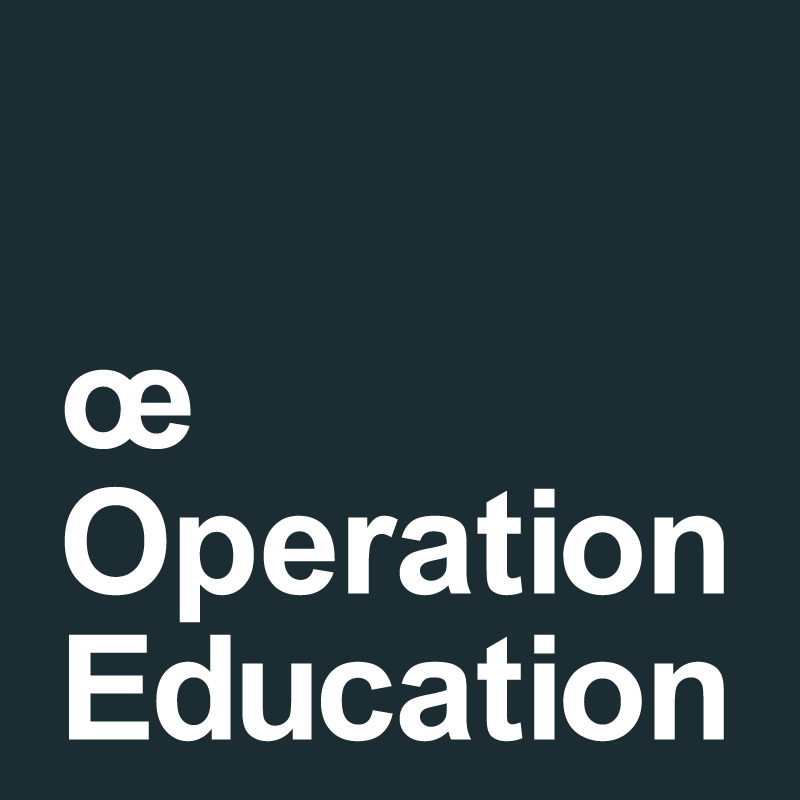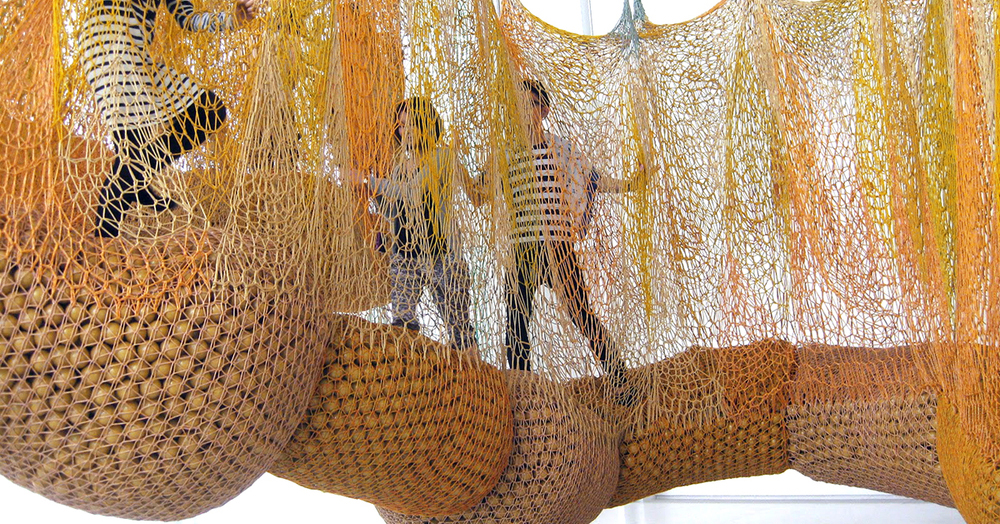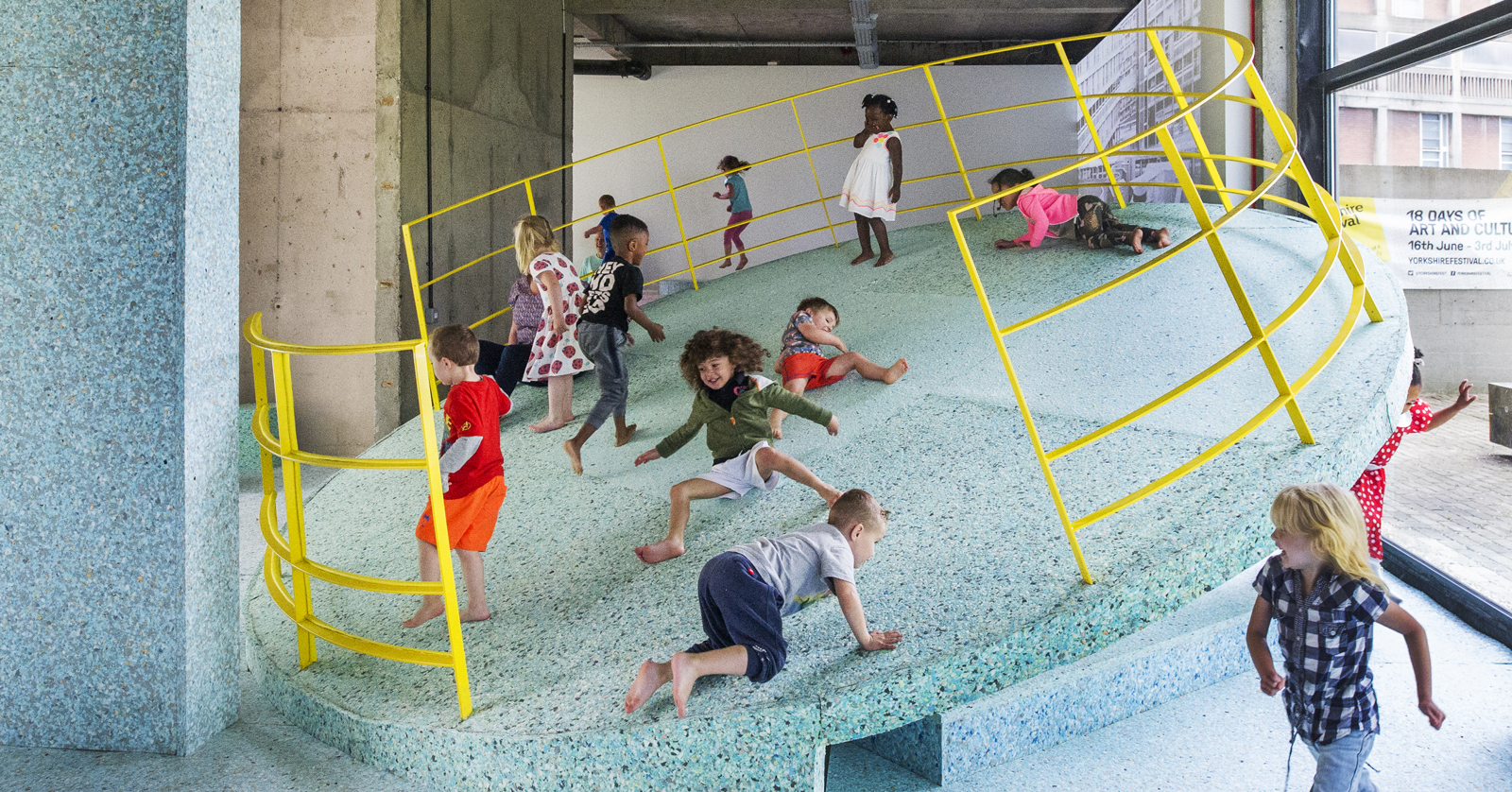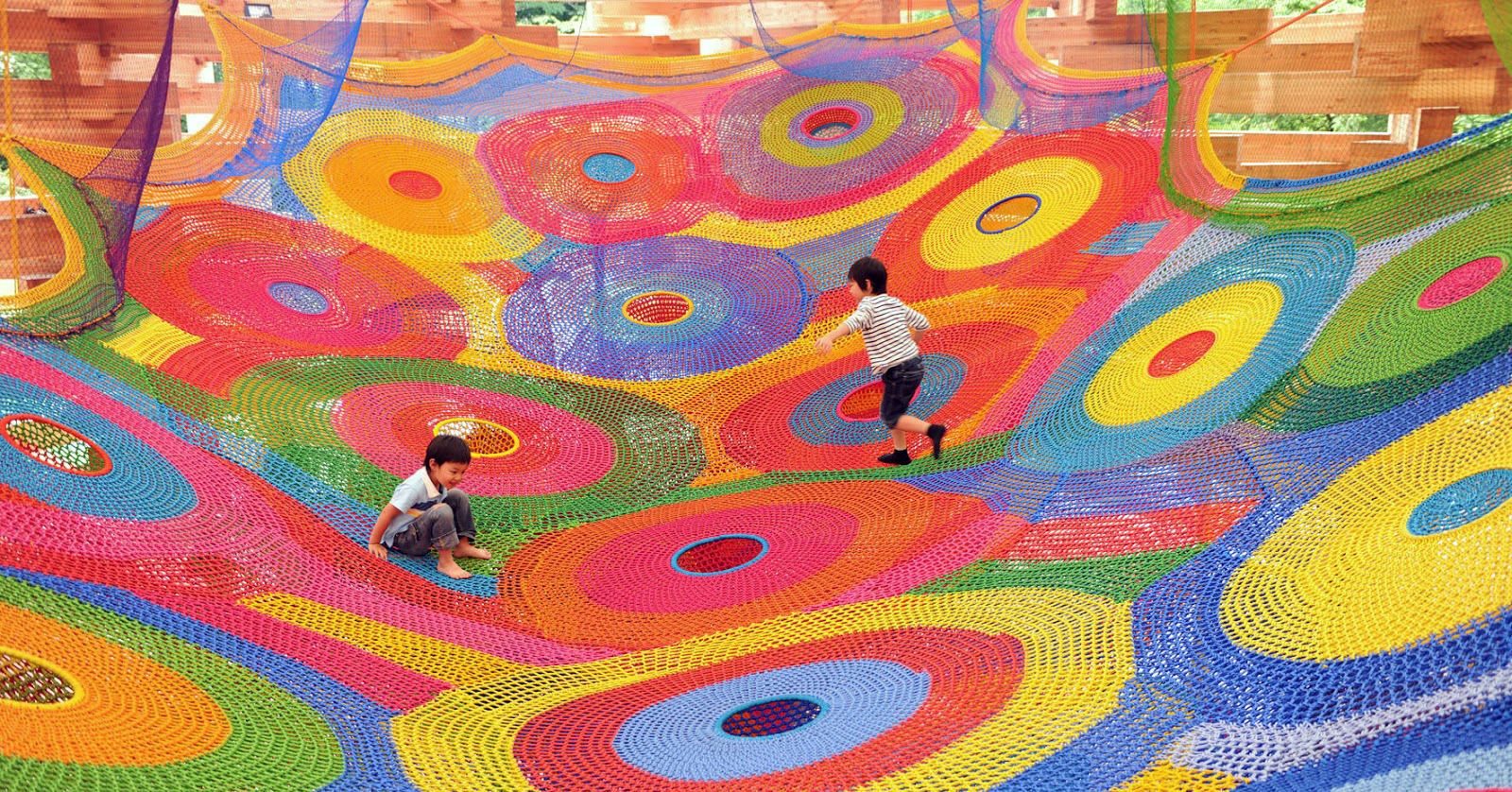Meer bewegen in de klas is een must
Door Erno Mijland Je eerste stapjes zijn nog reden voor een feestje. Een kleine overwinning op de zwaartekracht; een grote sprong naar zelfstandigheid. Dan ga je naar school. Bij elke stap spreekt de juf of meester je ineens vermanend toe. ‘Blijf nou eens zitten!’ Maar wacht even… bewegen is toch belangrijk, gezond? Van maandag tot en met vrijdag zitten en hangen jongeren in de middelbare schoolleeftijd gemiddeld meer dan 9 uur per dag, veelal in aaneengesloten periodes van langer dan 30 minuten. Een cijfer uit het in januari van dit jaar gepresenteerde rapport van het Sociaal Cultureel Planbureau (SCP) over de beweeglijkheid van de Nederlander. Die blijkt niet zo groot. Het bureau hanteert het begrip sedentaire tijd voor hangen, zitten en andere vormen van inactiviteit gedurende de periode dat we wakker zijn. Gemiddeld zijn wij Nederlanders het meest van alle Europeanen sedentair: zo’n 7,4 uur per dag. Kinderen in de basisschoolleeftijd zitten met zo’n 6 uur per dag onder dat gemiddelde. De schoolbankjes Vooral jongeren in de leeftijd van 12-17 jaar scoren slecht op het gebied van bewegen, zelfs als ze aan sport doen en naar school fietsen. Wat is het aandeel van school in de eerder genoemde 9 uur per dag? In een kleine enquête vroegen we 35 leraren in het basis- en voortgezet in te schatten hoeveel zituren leerlingen maken op een dag. Leerkrachten in het basisonderwijs geven schattingen die gemiddeld op 4 uur per dag uitkomen, voor docenten in het voortgezet onderwijs is dat gemiddeld 5,7 uur. In de enquête vroegen we verder wat de betrokkenen vinden van meer bewegen op school én – als ze hier aandacht aan besteden – hoe zij beweging in de klas organiseren. Daarover zo meteen meer… Het nieuwe roken Bewegen is gezond. Daar zijn wetenschappers het wel over eens. Van te veel zitten word je ziek en ga je eerder dood. Punt. Met een paar keer per week intensief sporten, kun je de vele uren die je zittend doorbrengt niet compenseren, stelt het SCP-rapport. Het advies is: beperk periodes van aaneengesloten zitten tot maximaal een half uur en bouw dan beweegmomenten in van enkele minuten. Ga even staan, loop wat rond, doe wat rek- en strekwerk. Aan je bureau allemaal redelijk gemakkelijk te organiseren. In de schoolbanken echter niet vanzelfsprekend. Zo duren lessen op de middelbare school vaak 50 minuten. Veel en langdurig zitten is niet alleen slecht nieuws voor de fysieke gezondheid, schrijft hoogleraar dr. Erik Scherder in zijn pas verschenen boek ‘Laat je hersenen niet zitten’. Wie genoeg beweegt, heeft ook een beter functionerend brein. Scherder houdt dan ook bladzijden lang zijn vurige pleidooi voor meer lichaamsbeweging: door ouderen met langzaam aftakelende hersenfitheid, maar zeker ook op scholen. Hij noemt zitten ‘het nieuwe roken’.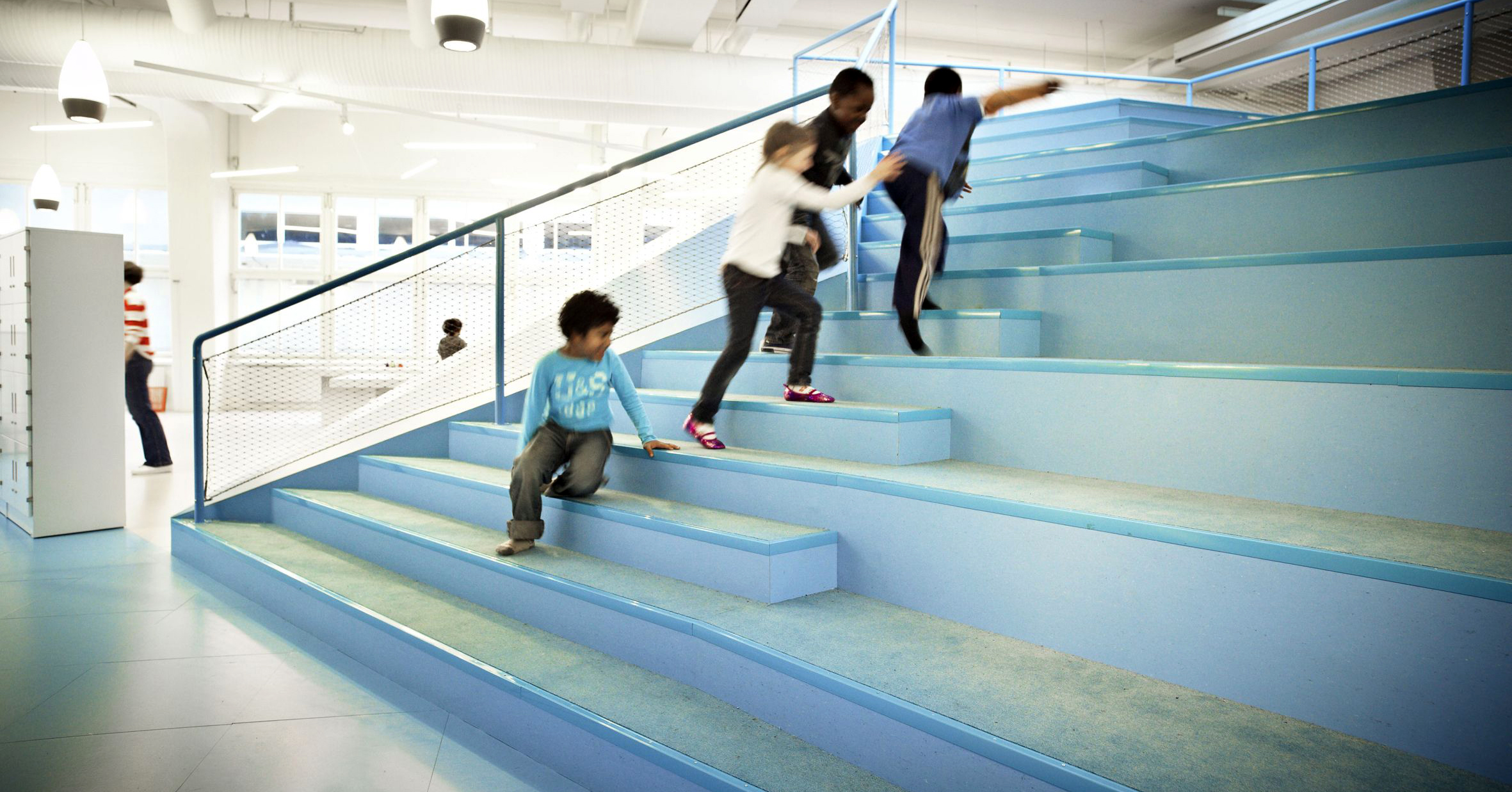 Vier uur
‘Vier uur per werkdag zitten is ongezond’, betoogde gezondheidsondernemer René Sielhorst begin dit jaar in een interview met de NOS. Hij sluit aan bij de boodschap van Scherder en stelt: ‘Mensen moeten niet meer dan 30 minuten tot een uur onafgebroken zitten.’ In de enquête vroeg ik leraren wat ze van die norm vinden. De meesten zien er wel wat in: ‘Er zijn al zoveel wetenschappelijke artikelen geschreven over de relatie tussen concentratie en beweging.’ Of: ‘Ik zou het graag zien.’ En: ‘Moeten we vooral doen.’
Tegelijkertijd ervaart men de manier waarop het onderwijs nu is georganiseerd als een obstakel; de voorgestelde norm wordt zelfs ‘onhaalbaar’ genoemd. ‘Een nobel streven, maar het vraagt wel om andere werkvormen en een andere werkomgeving.’ En: ‘Ik zie nog niet hoe ik dit in mijn lessen kan uitvoeren.’
Concentratie
De wil is er. ‘Konden we dit maar meer toepassen in het onderwijs.’ Ook omdat ‘leerlingen soms heel erg de behoefte hebben om te gaan staan en te lopen.’ Een praktijkdocent op een vmbo-school sluit hierbij aan: ‘Ik merk dat leerlingen gebaat zijn bij bewegen. Zij kunnen zich beter concentreren nadat zij een praktijkopdracht hebben uitgevoerd. Bij de digitale methode die we gebruiken voor de theorielessen, moeten leerlingen soms langer dan een uur achter elkaar aan de computer zitten. Dan kunnen ze zich op een bepaald moment echt niet meer concentreren.’
Kinderen geven soms zelf aan dat ze last hebben van het vele zitten, op vaak slechte stoelen. ‘Er zijn veel leerlingen die aangeven last van hun rug te krijgen tijdens de les.’
En de docent dan?
Meer bewegen op school. Een enkeling ziet het vooral als een extra taak op het toch al volle bordje. ‘Tja, weer iets te doen.’ Een ander maakt zich eerder ongerust over de situatie voor de leraar. ‘Onze leerlingen zitten hooguit 40 minuten per les en moeten dan weer door de school lopen naar het volgende lokaal. Daarnaast hebben ze gymnastiek, fietsen ze bijna allemaal naar school. Ik denk dat deze afwisseling voldoende is. Persoonlijk maak ik me meer ongerust om de docenten. Wij zitten veel meer dan onze leerlingen.’
Eén docent uit de enquête is vooral bang voor de onrust die beweging in de klas met zich meebrengt. Hij schrijft: ‘Ik ben al blij als ze even rustig zitten.’
Vier uur
‘Vier uur per werkdag zitten is ongezond’, betoogde gezondheidsondernemer René Sielhorst begin dit jaar in een interview met de NOS. Hij sluit aan bij de boodschap van Scherder en stelt: ‘Mensen moeten niet meer dan 30 minuten tot een uur onafgebroken zitten.’ In de enquête vroeg ik leraren wat ze van die norm vinden. De meesten zien er wel wat in: ‘Er zijn al zoveel wetenschappelijke artikelen geschreven over de relatie tussen concentratie en beweging.’ Of: ‘Ik zou het graag zien.’ En: ‘Moeten we vooral doen.’
Tegelijkertijd ervaart men de manier waarop het onderwijs nu is georganiseerd als een obstakel; de voorgestelde norm wordt zelfs ‘onhaalbaar’ genoemd. ‘Een nobel streven, maar het vraagt wel om andere werkvormen en een andere werkomgeving.’ En: ‘Ik zie nog niet hoe ik dit in mijn lessen kan uitvoeren.’
Concentratie
De wil is er. ‘Konden we dit maar meer toepassen in het onderwijs.’ Ook omdat ‘leerlingen soms heel erg de behoefte hebben om te gaan staan en te lopen.’ Een praktijkdocent op een vmbo-school sluit hierbij aan: ‘Ik merk dat leerlingen gebaat zijn bij bewegen. Zij kunnen zich beter concentreren nadat zij een praktijkopdracht hebben uitgevoerd. Bij de digitale methode die we gebruiken voor de theorielessen, moeten leerlingen soms langer dan een uur achter elkaar aan de computer zitten. Dan kunnen ze zich op een bepaald moment echt niet meer concentreren.’
Kinderen geven soms zelf aan dat ze last hebben van het vele zitten, op vaak slechte stoelen. ‘Er zijn veel leerlingen die aangeven last van hun rug te krijgen tijdens de les.’
En de docent dan?
Meer bewegen op school. Een enkeling ziet het vooral als een extra taak op het toch al volle bordje. ‘Tja, weer iets te doen.’ Een ander maakt zich eerder ongerust over de situatie voor de leraar. ‘Onze leerlingen zitten hooguit 40 minuten per les en moeten dan weer door de school lopen naar het volgende lokaal. Daarnaast hebben ze gymnastiek, fietsen ze bijna allemaal naar school. Ik denk dat deze afwisseling voldoende is. Persoonlijk maak ik me meer ongerust om de docenten. Wij zitten veel meer dan onze leerlingen.’
Eén docent uit de enquête is vooral bang voor de onrust die beweging in de klas met zich meebrengt. Hij schrijft: ‘Ik ben al blij als ze even rustig zitten.’
07 september, 2016
Ways to get kids to sit still in class
07 september, 2016
Why kids need to move, touch and experience to learn
Why Kids Need to Move, Touch and Experience to Learn
By Katrina Schwartz, MindShiftWhen students use their bodies in the learning process, it can have a big effect, even if it seems silly or unconnected to the learning goal at hand. Researchers have found that when students use their bodies while doing mathematical storytelling (like with word problems, for example), it changes the way they think about math. “We understand language in a richer, fuller way if we can connect it to the actions we perform,” saidSian Beilock, professor of psychology at the University of Chicago.
Consider this word problem: Two hippos and two alligators are at the zoo. Pete the zookeeper feeds them at the same time. Pete gives each hippo seven fish. He gives four to the alligators. In an experiment on third graders, students were divided into two groups. One group read through the problem twice. The other group acted out the story as they read it, physically pretending to feed fish to the hippos and alligators as they read the problem. Both groups of students were asked how many fish the zookeeper fed to the animals. The answer: “Kids who acted out the story did better on this problem,” Beilock said. The kids who read the problem often got “eleven” as a solution. They had missed the word “each” in the problem. But because the acting kids had physically mimed giving each hippo seven fish before moving on, the difference was ingrained. “What was important was matching the words with specific action; that led to enhanced learning,” Beilock said. “And after they’d acted it out they could actually do it in their head and get some of the same benefits.”The body and the brain
Scholarly study goes back a long time in history, but in terms of human evolution, many of the academic skills now required for successful functioning in the world are fairly new to the human brain. As neuroscientists investigate how humans learn, they often find that newer skills and aptitudes are mapped onto areas of the brain that also control basic body functions. Increasingly, this work is helping to illuminate neurological connections between the human body, its environment and the process of learning. “In order to really engage our students and help them perform at their best we have to move beyond what’s happening in the head,” said Beilock at a Learning and the Brain conference. “We have to go beyond that.” This area of study, called “embodied learning,” is not new to many educators. Maria Montessori highlighted the connection between minds and bodies in her 1936 book The Secret of Childhood: “Movement, or physical activity, is thus an essential factor in intellectual growth, which depends upon the impressions received from outside. Through movement we come in contact with external reality, and it is through these contacts that we eventually acquire even abstract ideas.” Increasingly scientists are proving Montessori right. Researchers arestudying the body movements of children as young as four-to-six months old and have found earlier and more frequent movement correlates with academic learning down the road. Kids who could sit up, sustain “tummy time” longer and walk were all correlated with future academic success, even when researchers controlled for socioeconomics, family education and type of future education, among other mitigating factors. “A very strong predictor of academic achievement was how early kids were moving, exploring their world,” Beilock said. “When kids can explore their surroundings, all of a sudden, things change.” Once kids are on the move the adults in their lives use directives and other more complicated language forms. As kids are coached by their parents, they begin to understand the directions and change behaviors. And once a child can do something on her own, she’s more likely to internalize what’s happening with others. “There is evidence that our ability to use our hands affects the structure and functioning of the brain,” Beilock said. As young children move and explore their worlds, they are learning through touch. Early bimanual training correlates with the robustness of the corpus callosum, a part of the brain that facilitates quick communication between the left and right brain hemispheres, Beilock said. This connection between using ones hands and swift communication in the brain may be part of the reason learning to play music is often correlated with math ability. “Math is a very recent cultural invention,” Beilock said. The part of the brain responsible for numerical representation also controls finger motion. Many children first learn to count on their fingers, a physical manifestation of the connection. The studies of very young learners have solidified Beilock’s conviction that academic learning is inherently connected to the body.Gesturing to learn
A colleague of Beilock’s at the University of Chicago, Susan Goldin-Meadow has done extensive research into how student gestures can indicate a more nuanced understanding of math than students are often able to articulate verbally. Goldin-Meadow did a lot of work around problems of equivalence, which children often struggle to understand. She found that often students gesture in ways that indicate they understand how to solve the problem even if they are simultaneously describing an incorrect solution. “It’s particularly helpful for teachers because it may give you insight into things students may not be able to express,” said Goldin-Meadow at the same conference. Not only could gestures be a good clue for teachers, but when students produce what Goldin-Meadow calls “mismatches,” meaning they are saying one thing and gesturing a different understanding, it indicates they are primed to learn. And, when teachers produce “mismatches” in their own speech and gestures, it helps students already in that primed state to learn by offering several strategies. “Encouraging kids to use their hands brings out unsaid, and often correct ideas, which then makes them more open to instruction and more likely to learn,” Goldin-Meadow said. She also found that showing two ways of doing a problem with speech had very little effect on learning, but showing two methods when one was in gesture helped learners. And the connection between bodies and learning doesn’t stop with the younger grades. Beilock studies how well students comprehend abstract concepts in high school physics. Many classes focus on listening to lecture, reading a textbook and doing physics problems. Beilock hypothesized that if students could feel an abstract concept like angular momentum on their bodies, they would both understand and remember it better. She and her colleagues used a rod with two bicycle wheels attached to test their ideas. Students spun the wheels and then tilted the rod in different directions. As they changed the angle, the force they felt changed dramatically. In her experiment, one set of students got to hold and experience the wheel. Another group just watched the first group and observed the effects they were feeling. They were all quizzed on the material a week later. “Those students who had more motor activation did better on the test,” Beilock said. “And those students were the ones who got the experience.” But what if one set of students was just better at physics? Researchers at DePaul University have replicated this experiment, strengthening the scientific link between hands-on experimentation and powerful learning.
07 september, 2016
Loading new posts...
No more posts
